
People all around the world continue to invent new fairy tales and retell traditional fairy tales.
Universally, people enjoy the appeal of a story in which truth prevails over lies, generosity comes to be rewarded, obstacles are overcome by hard work and love, good triumphs over evil and mercy and kindness are the greatest powers.
Fairy tales will often include a moral message for the reader.
The steps on this page explain the elements of a fairy tale.

(Source of picture: Public Domain Clip Art)

(Slide from: Burton, A., 2011. Features of a fairy tale, Fairy tales. Tanglin Trust School, unpublished.)
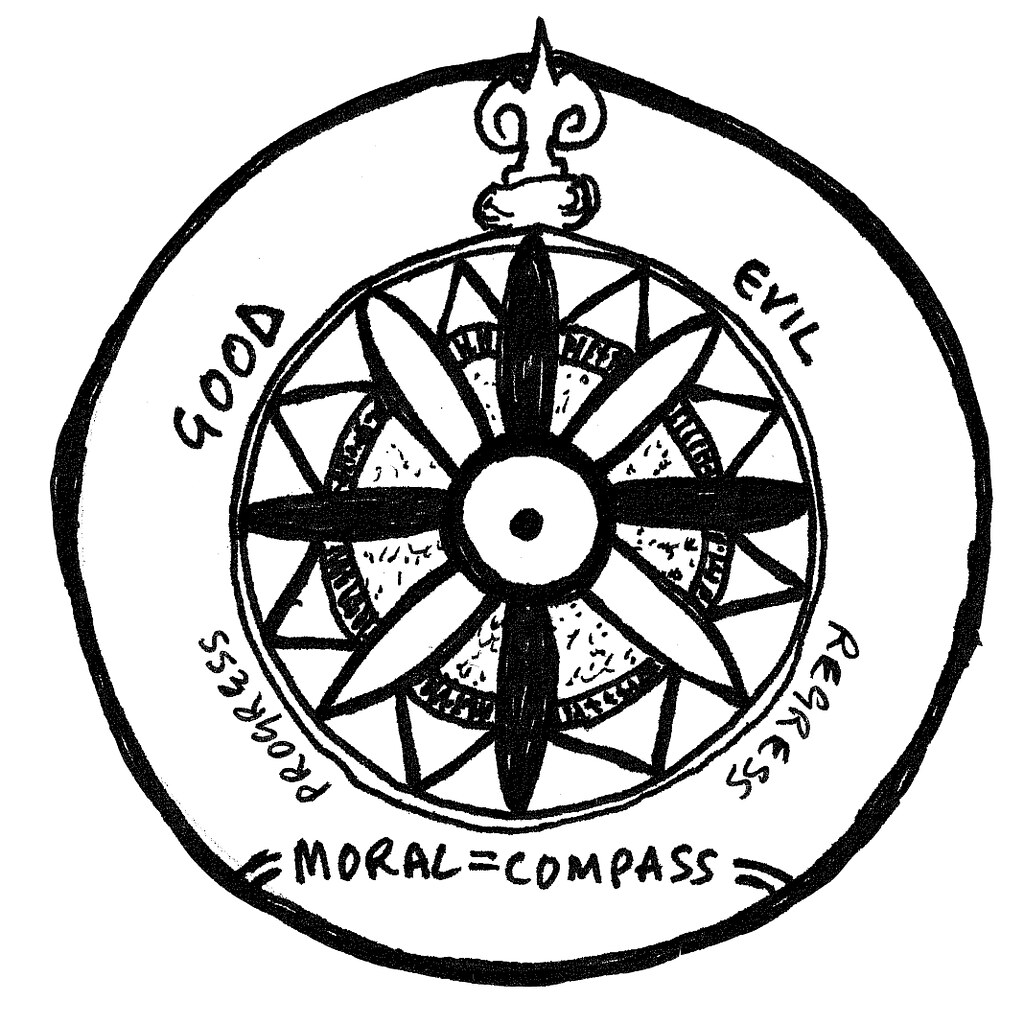
"Moral Compass" by psd is licensed under CC BY 2.0
A moral or a lesson is a key concept in fairy tales.

(Slide from: Burton, A., 2011. Characters, Fairy tales. Tanglin Trust School, unpublished.)
THE GOOD CHARACTER
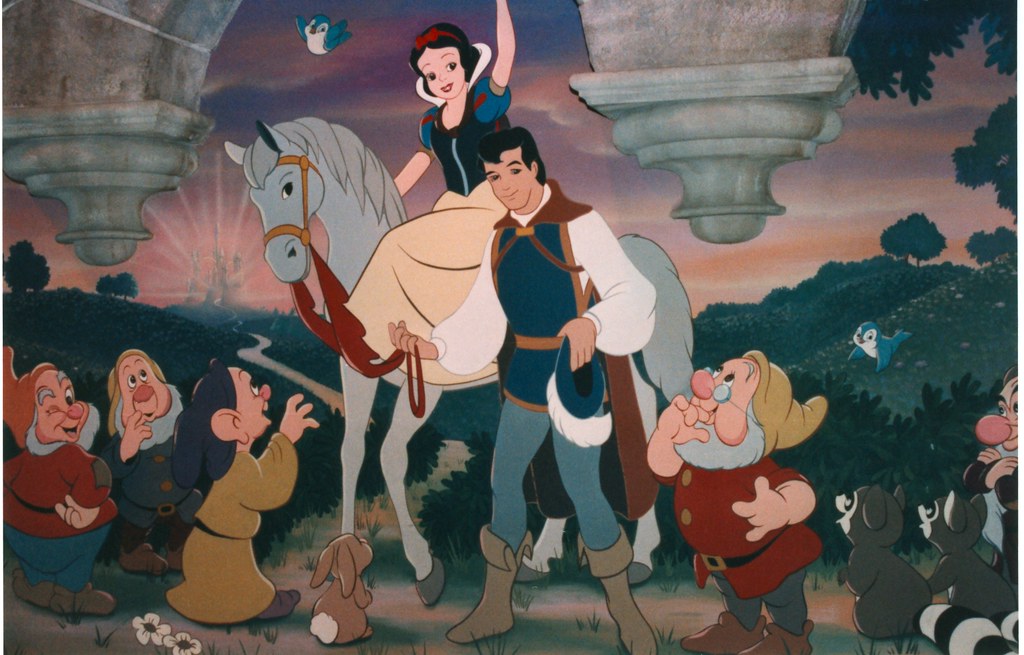
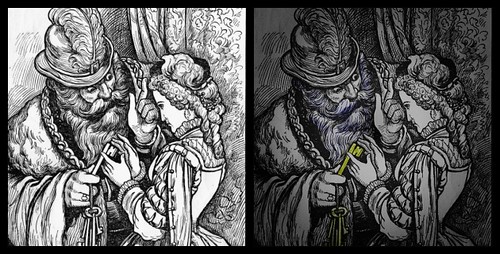

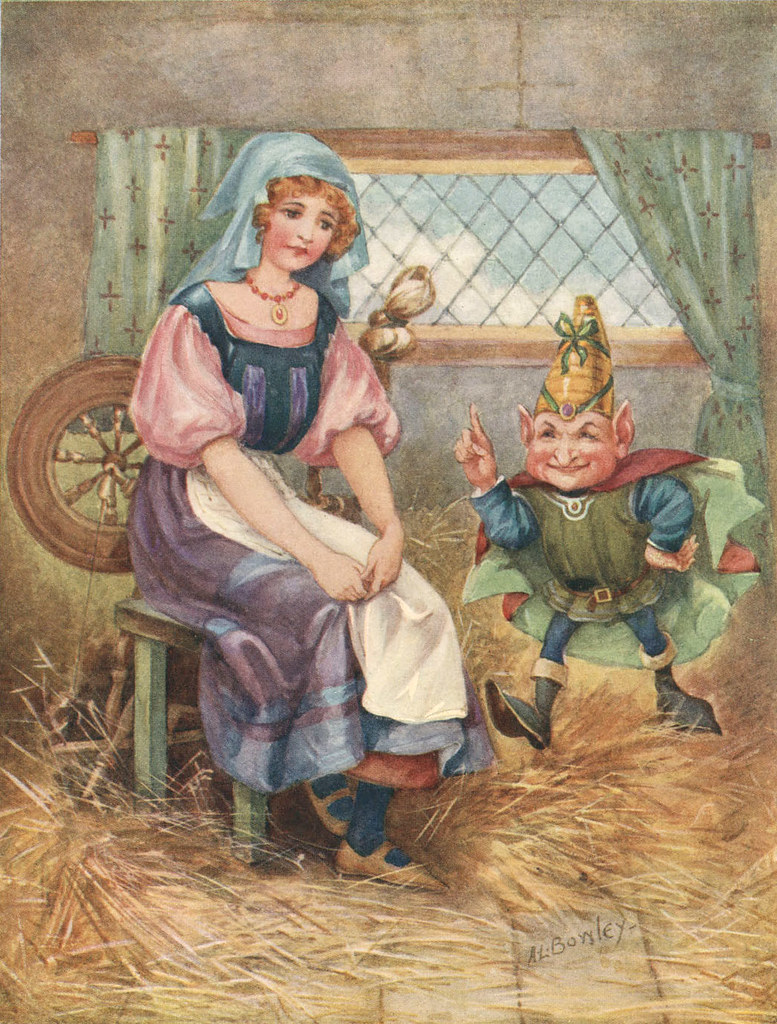
"A. L. Bowley - 'Rumpelstiltskin'" by sofi01 is licensed under CC BY-NC 2.0
The basic structure of a fairy tale involves a hero or heroine performing one or more tasks and then being rewarded as a result. The obstacle usually appears to be insurmountable but with a bit of creativity and some magical assistance a solution can be found. The obstacle may be overcome by their 'good' qualities, such as courage, cunning or goodness, by timely intervention of an accomplice with magical powers or by using a magical object.
Look at this interactive website for more information on how ordeals feature in fairy tales.
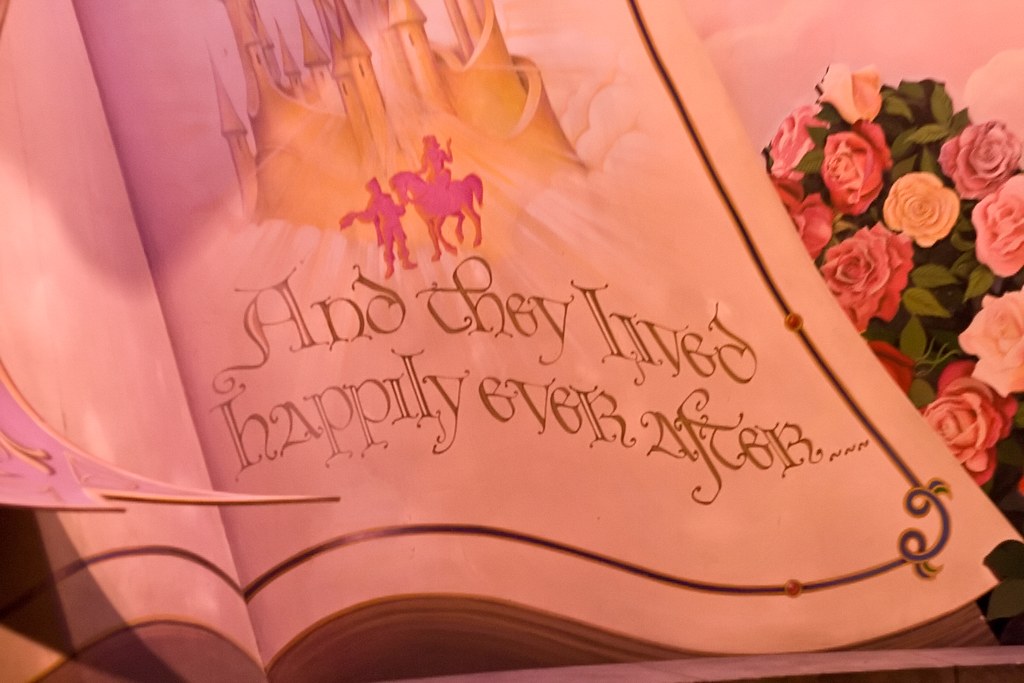
This site is maintained by the librarians of George A. Spiva Library.
If you have a question or comment about the Library's LibGuides, please contact the site administrator.